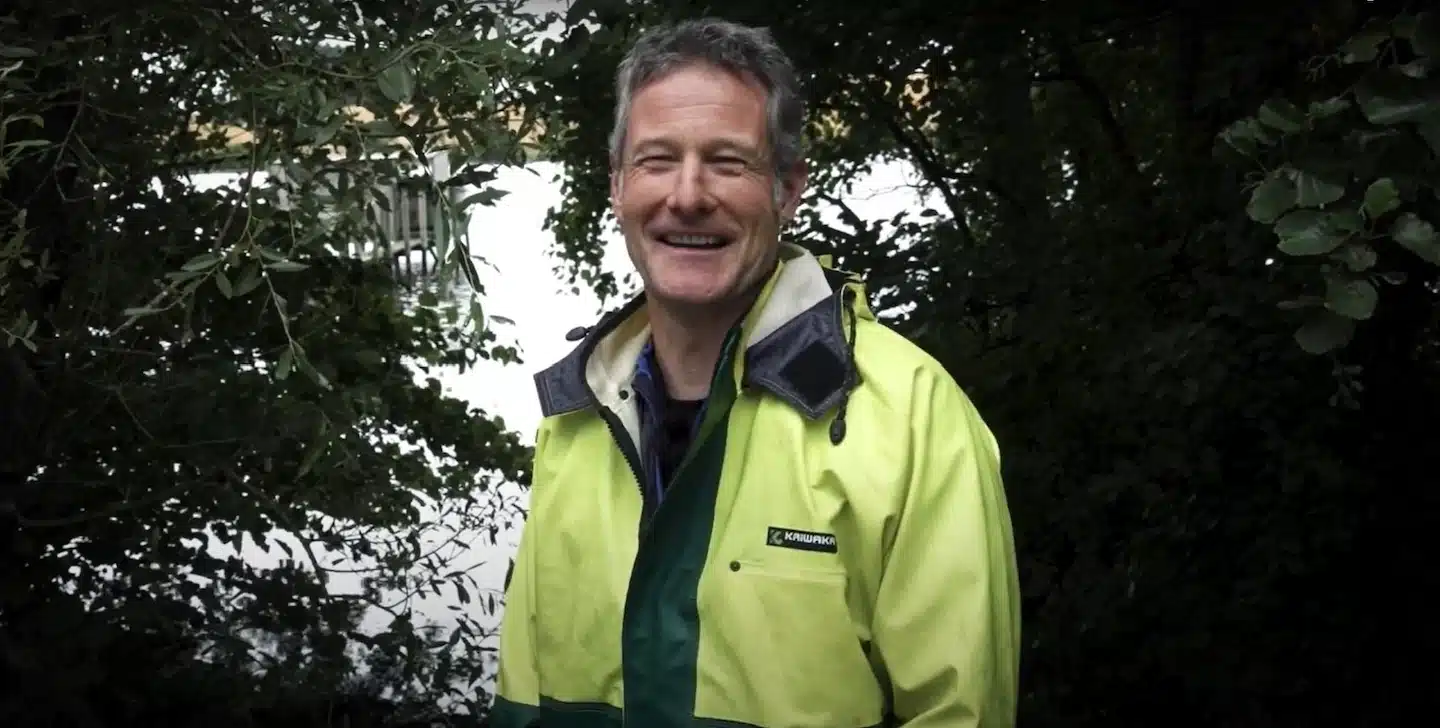Pulling the Plug on Phosphorus
Pulling the plug on phosphorus may take decades, so scientists are researching how phosphorus is retained and cycled within lakes as well as different options to aid lake restoration processes.
Dr Sean Waters, a biogeochemist at the Cawthron Institute, studies nutrient cycling in freshwater lake ecosystems. The biogeochemical cycles that sustain life include phosphorus; a chemical released through the weathering of rocks and utilised by plants and animals. Human impacts on this natural cycle have amplified the ‘external load’ of phosphorus entering lakes—in large part due to vegetation clearance and superphosphate fertiliser application. Once in a lake, phosphorus binds to sediment and may then act as an ‘internal loading’ source. This fuels excess aquatic plant growth and may produce unsightly and unhealthy algal blooms.
CONTENTS:
- What is biogeochemistry?
- Where does the phosphorus in lakes come from?
- What happens if there’s too much phosphorus in a lake?
- How can we break the cycle of algal growth within lakes?
- What affects water quality in Lake Wairarapa?
- Would water clarity improve if Lake Wairarapa was deeper?
- How important are wetlands?
- What are you researching for the Lakes380 project?
- Should New Zealanders be concerned about our lakes?
- As a scientist, what do you value about community engagement?
- How might Lakes380 science results improve our lakes’ health?
Music by Carlo Bornholdt.

